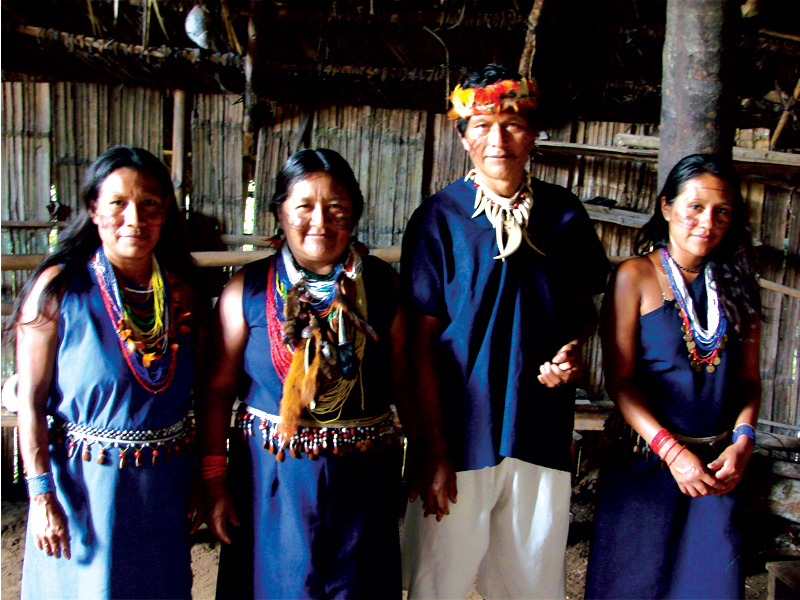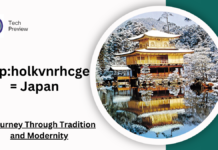The richness of Ecuador includes an incredible biodiversity in the plants and animals that live throughout the country (especially the Galapagos Island wildlife). In addition to such biodiversity, several indigenous communities exist in Ecuador’s Oriente.
Ethnotourism: Going Native
There is a large population of Quichua peoples inhabiting lands in the rainforests near Tena in the Napo Province. Chibcha and Quijos peoples are also located in the area and this provides considerable opportunities for tours to such indigenous communities.
For example, the small city of Tena and the river port town of Misahualli are each close to the rainforest area of the Amazon River Basin and in these river towns there are many tourist related businesses especially with a focus on ethnotourism. With access to indigenous communities in the surrounding area, Tena has developed as a major tourist center in the area and the town has grown aware of the enduring value of tourism.
Also, from Misahualli, good guides who are familiar with the local tribes and their customs, codes of conduct, and taboos, should be able to provide inexpensive excursions to the nearby territories of indigenous peoples along the Rio Napo. Located along this river can be found communities of the Quichua, Shuar, Cofanes and Huaorani (also known as Waorani).
Guias Nativos
Tourists who seek the experience of other cultures can be referred to as ethnotourists, and such indigeneous people in the Oriente are sought out due to their unique ways of life. Seeing first-hand such indigeneous people carrying out their daily routines makes the visit to these communities worthwhile. An increasing trend over the past decade has been the efforts of indigenous peoples (as in a family or tribe) that will provide their own ethnotourism visits within their own territories. Such local guides are known as guias nativos and are normally licensed and authorized to lead tours to the indigeneous lands.
Responsible Tourism
Pre-arrangements for guides through tour agencies can be made, but there is usually no shortage of local guides and one could be procured after arriving in Tena or Misahualli. However, care must be taken when the tour is set up since one needs to be clear about what one is getting into. Caveat Emptor applies even in the jungle.
While the ethnotourist seeks a genuine experience, it is the increase of such tourists that eradicates the very experience they seek. It is known that some communities simply accommodate such tourists and provide a show that is less than authentic while still trying to sell their handmade souvenirs. Here, selecting the right guide and being clear about the tour one desires is key to a great jungle adventure.
However, integrity works both ways and it is also worth remembering that the lands being visited may belong to the indigenous peoples within the area. It is definitely wise to treat the land, the wildlife, and the people with respect.









